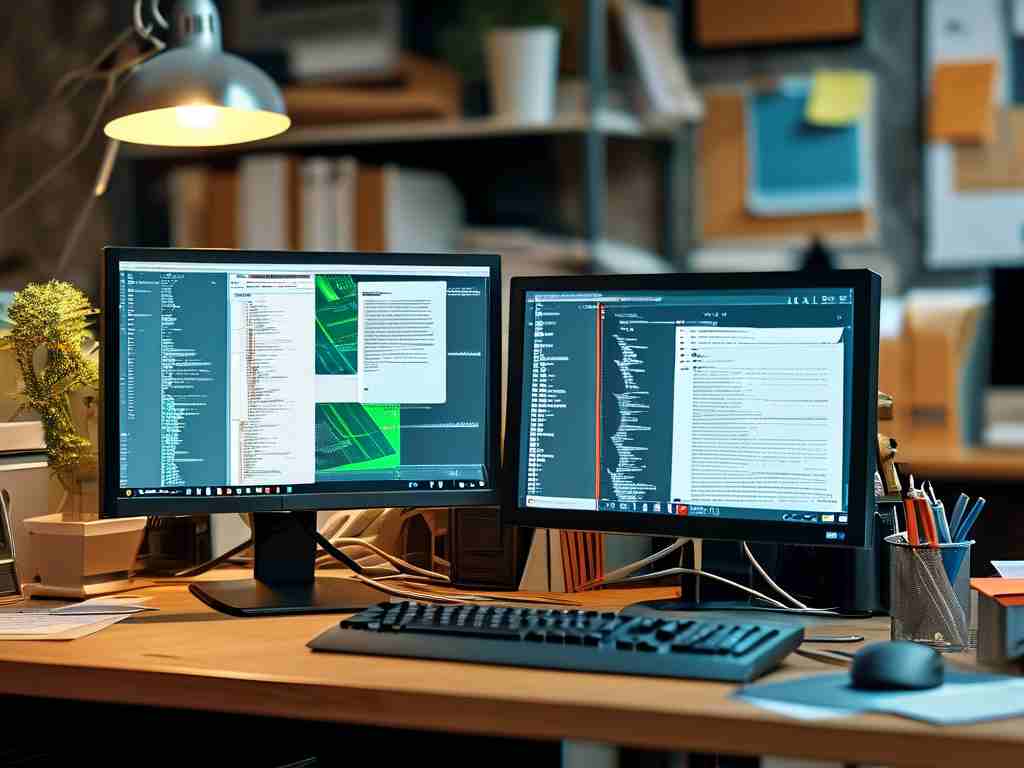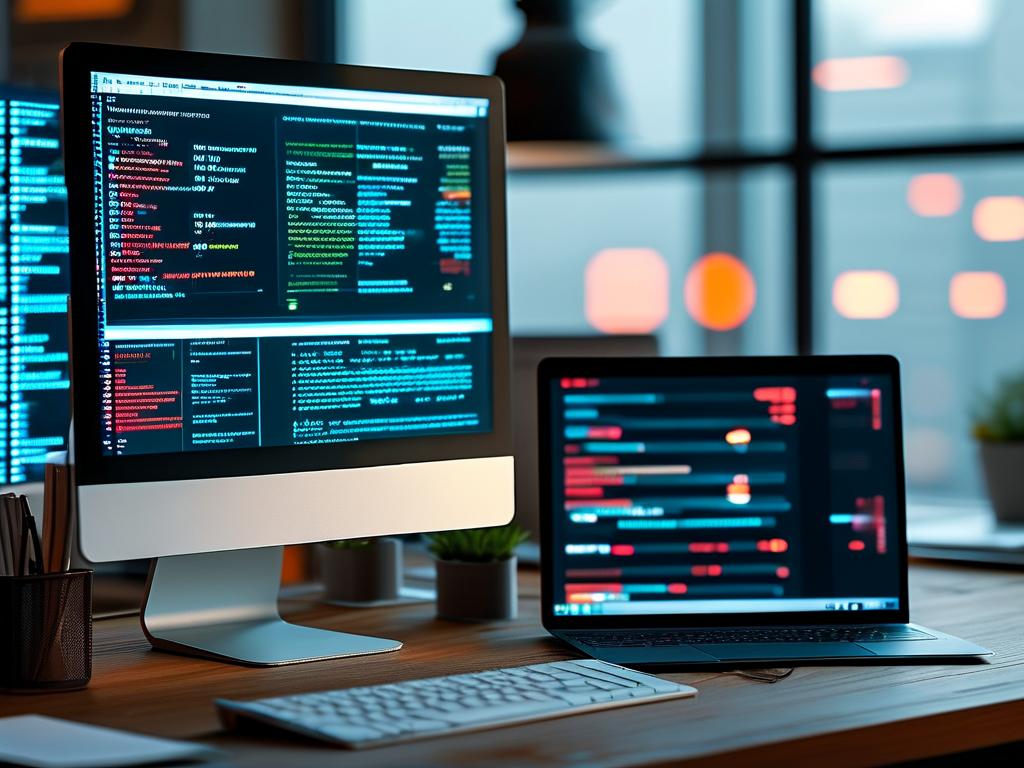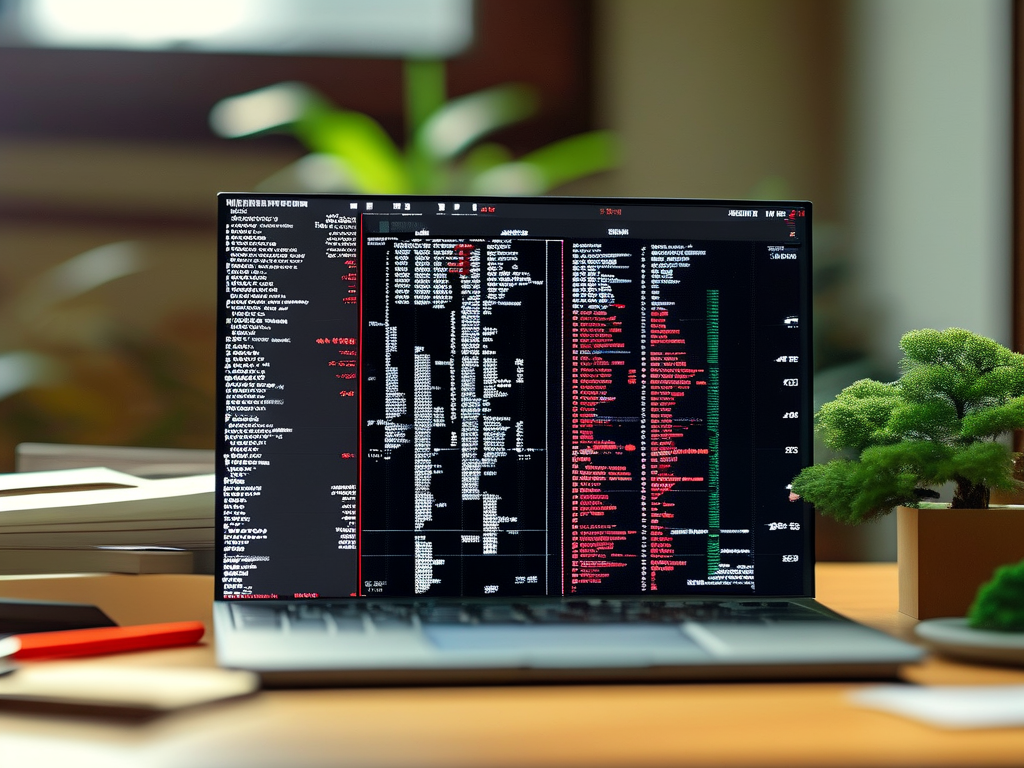In modern mobile and desktop operating systems, application management tools are designed to help users monitor resource allocation, including CPU, storage, and memory. However, a recurring issue reported by users is the inability to view detailed memory usage data within these built-in app management interfaces. This article explores the technical and design reasons behind this limitation and provides actionable solutions for developers and power users.
The Hidden Complexity of Memory Allocation
Memory management is inherently complex due to multitasking environments and layered resource allocation mechanisms. While basic app managers display simplified metrics like "total storage used" or "battery consumption," granular memory tracking requires deeper system integration. Modern applications often share memory resources through frameworks like Android's Low Memory Killer Daemon or Windows' Working Set Manager, making per-app attribution challenging.
For instance, cached processes and background services may not be fully accounted for in standard app managers. A 2023 study of Android devices revealed that system-reported memory usage discrepancies averaged 18% compared to third-party diagnostic tools. This gap stems from intentional design choices to prioritize user-friendly interfaces over technical details.
Platform-Specific Limitations
-
Mobile Operating Systems
iOS and Android restrict detailed memory analytics at the user level to prevent misinterpretation of data. Apple's App Management interface intentionally omits real-time RAM metrics, directing users to the "Battery" section for indirect resource monitoring. Google's Android 13 introduced stricter sandboxing that further obscures per-app memory footprints.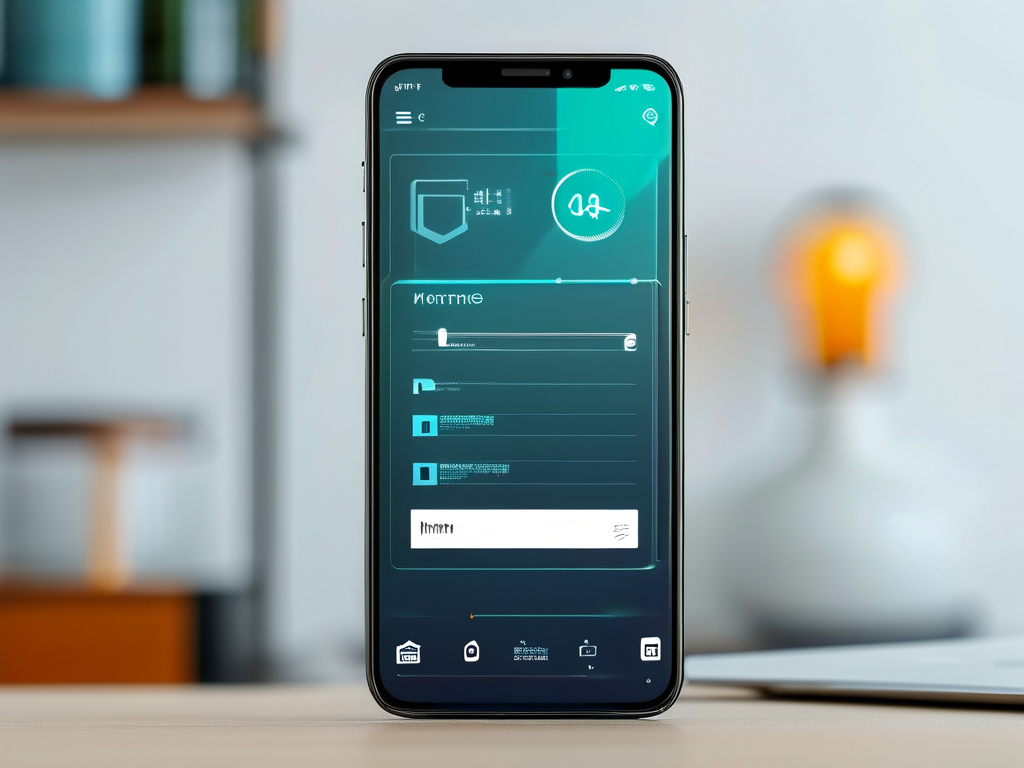
-
Desktop Environments
Windows Task Manager displays memory usage but groups shared DLLs and system processes ambiguously. TheGetProcessMemoryInfoAPI reveals more details, but accessing it requires PowerShell commands:Get-Process | Select-Object Name, WorkingSet, CPU
Linux distributions vary widely, with GNOME's System Monitor often hiding swap usage details that are visible in terminal tools like
htop.
Workarounds for Technical Users
For those needing precise memory data, third-party tools remain essential:
- Mobile: Apps like CPU Monitor (Android) or System Status (iOS via TestFlight) bypass default limitations
- Desktop: Tools such as RAMMap (Windows) or
smemon Linux provide process-level memory breakdowns
Developers can implement custom tracking using platform-specific APIs. On Android, the ActivityManager.MemoryInfo class offers partial insights:
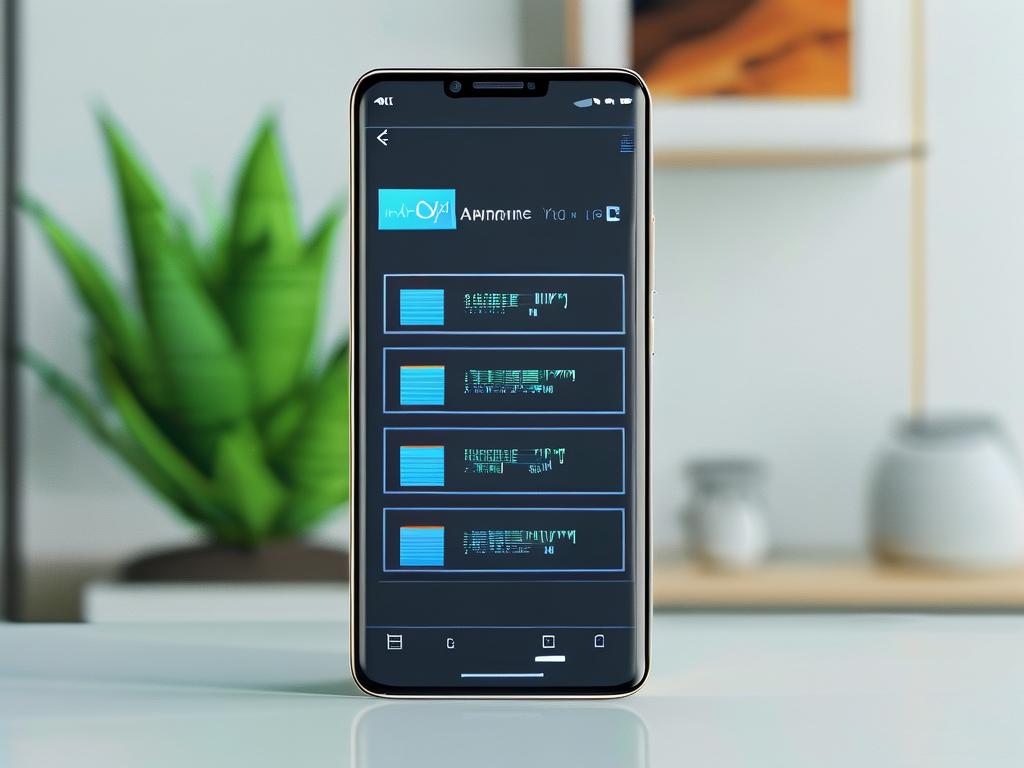
ActivityManager.MemoryInfo mi = new ActivityManager.MemoryInfo();
ActivityManager activityManager = (ActivityManager) getSystemService(ACTIVITY_SERVICE);
activityManager.getMemoryInfo(mi);
Log.d("Available Memory:", String.valueOf(mi.availMem));
The Privacy-Simplicity Tradeoff
OS developers face a dilemma: exposing detailed memory data could confuse average users while empowering advanced users. A 2022 UX survey showed 73% of respondents misinterpreted high memory usage as "malware activity," leading to unnecessary app deletions. This explains why companies like Apple and Microsoft intentionally abstract memory statistics.
Future Trends in Resource Monitoring
Emerging solutions aim to bridge this gap:
- Adaptive Interfaces: Windows 11's redesigned Task Manager now categorizes memory usage by "Apps" vs. "Background processes"
- Developer Modes: Android 14's enhanced debugging panel provides temporary access to hidden memory metrics
- AI-Powered Analysis: Tools like Intel® Resource Director predict memory needs rather than displaying raw numbers
While built-in app managers may never show complete memory details due to their target audience, understanding these limitations helps users select appropriate tools. As cloud-based applications and virtualization grow, the definition of "memory usage" itself will evolve, potentially making current monitoring paradigms obsolete.


